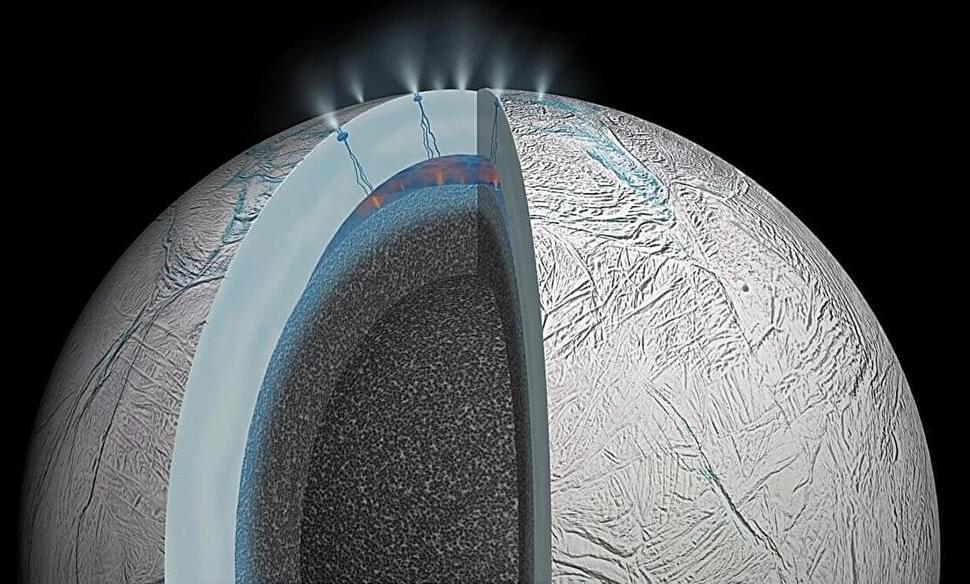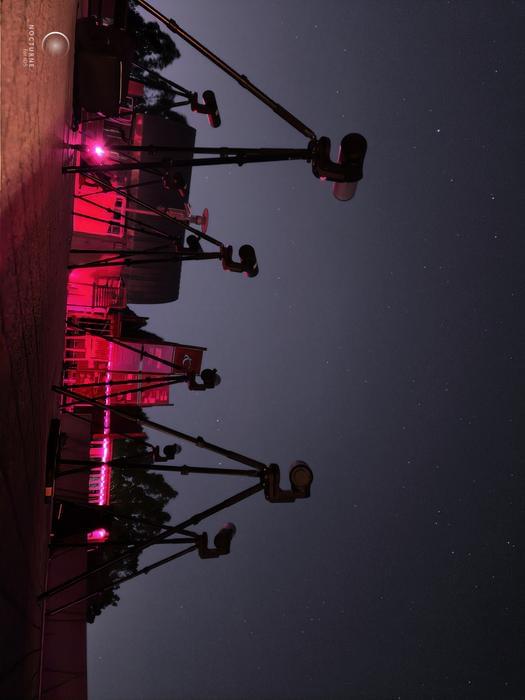Year 2010 😗😁
The world has waited with bated breath for three decades, and now finally a group of academics, engineers, and math geeks has discovered the number that explains life, the universe, and everything. That number is 20, and it’s the maximum number of moves it takes to solve a Rubik’s Cube.
Known as God’s Number, the magic number required about 35 CPU-years and a good deal of man-hours to solve. Why? Because there’s-1 possible positions of the cube, and the computer algorithm that finally cracked God’s Algorithm had to solve them all. (The terms God’s Number/Algorithm are derived from the fact that if God was solving a Cube, he/she/it would do it in the most efficient way possible. The Creator did not endorse this study, and could not be reached for comment.)
A full breakdown of the history of God’s Number as well as a full breakdown of the math is available here, but summarily the team broke the possible positions down into sets, then drastically cut the number of possible positions they had to solve for through symmetry (if you scramble a Cube randomly and then turn it upside down, you haven’t changed the solution).




